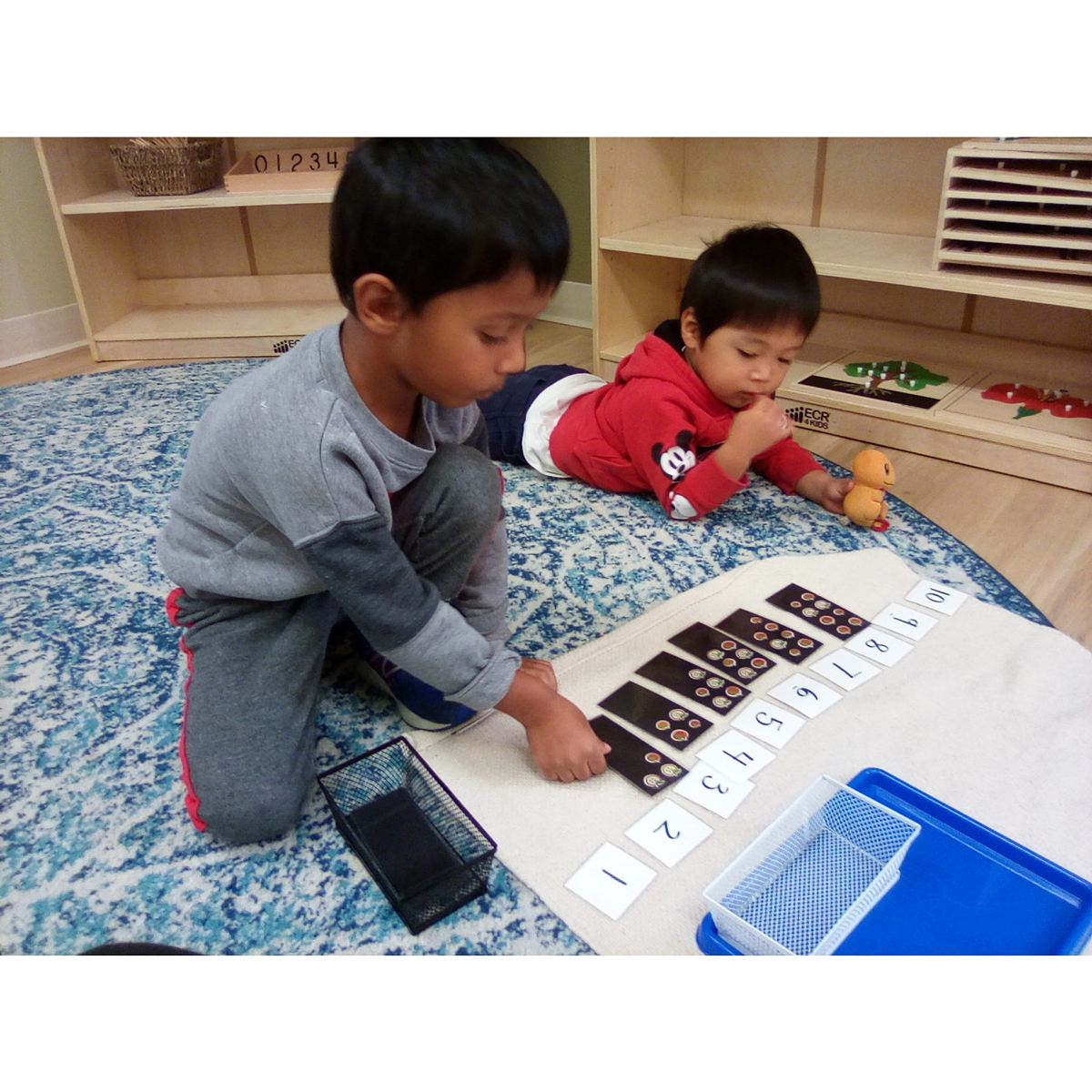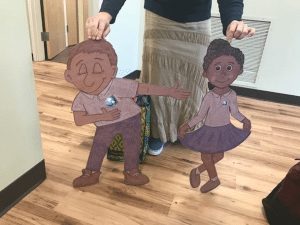Helping New Students Transition to Montessori Daycare
Students who are new to Montessori daycare need a little extra help to adjust, but fortunately, the transition to Montessori work happens pretty quickly.
Maria Montessori designed her materials to accommodate children starting in toddlerhood. Kids who start their education as infants in a Montessori daycare don’t know any different. But what about the children who transition to Montessori daycare from public school or another type of program? These kids are going to need to unlearn some of the ways of their old school when they enter Montessori.
New and Unfamiliar Parts of Montessori Work
As a guide, consider the parts of Montessori that might stand out as new or different to a child transferring in. What parts of traditional education might they expect, and how will they feel when they do not find these elements?
Kids in traditional learning institutions are usually accustomed to:
- Teacher-directed activities
- Whole class tasks
- Asking permission for many things
Certain aspects of Montessori that may cause confusion include:
- The three-hour work period, particularly the element of choice
- Needing to wait for one’s turn, for as long as another student is busy with a material
- Increased independence, such as preparing and serving oneself a snack.
A child who first enters Montessori, after having experiences elsewhere, may wait for the teacher to tell her what to work on. She may become confused without explicit instruction and even freeze up.
Open-Ended Materials as a Transition to Montessori Work
At the beginning of a new school year, guides should prepare two or three simple stations to help begin the transition. For example, plain wooden blocks, playdough, and a play kitchen with realistic-looking pots and pans. Other options include chalk, animal figurines, or a train set.
It’s a little too abrupt to start right into Montessori. Consider the fact that you would need to present several works before you could let your students go freely choose. A child who is new to Montessori needs to learn the process of the work period first. Meanwhile, he can slowly build up his repertoire of how to use the materials in the way Dr. Montessori intended.
Focus on helping kids understand that every material has a home. We are careful with them and we put them back neatly in place when we finish. Also, really emphasize the role of choice. New students need to adjust to choosing what to do and how long to do it for. At the start, you might need to prompt a child to change activities when he appears restless.
Introducing Montessori Work
As soon as possible, begin introducing the materials to your new students. Present them with exactness, and invest a bit of time into making sure the children work with precision and care. Mix in some grace and courtesy lessons early on, focusing specifically on the care of classroom books and materials.
Allow children to work with the materials as soon as they master their use. Gradually remove the open-ended materials you started with as you build up enough purposeful work to replace them.
Normalization in the Montessori Classroom
Normalization is the process by which children develop the skills needed to thrive happily in the Montessori classroom. Dr. Montessori teaches that children will focus with ease, for long periods of time, when the conditions are right. The materials they can access need to be at just the right level of challenge to engage them. Their environment must be one conducive to concentration, and they should not be interrupted.
Normalization happens much more quickly than you might expect. Children are quite adaptable and eager to learn. The guide must set the scene so that they can, and they will.


